If you want a bold display of color in the spring, fall is the time to start planting!
Spring bulbs like daffodils, tulips, crocus, alliums, and hyacinths, as well as tubers, tuberous roots, corms, and rhizomes, should be planted in the fall before the soil freezes. These types of plants require a lengthy period of cold weather to develop strong roots and prompt the growth process that produces spring flowers.
If you live in the northern part of the country (USDA Hardiness Zones 1 through 4), bulbs should be planted in September. Gardeners in temperate areas (zones 5 through 7) can delay planting until late October, or even early November.
Read on to learn more about the spring bulbs you should plant this Fall as well as some helpful growing tips.
Spring Bulbs To Plant This Fall
Prized for their hardy nature and exquisite beauty, bulbs, corms, and tubers store energy underground for rapid growth when conditions are favorable. Blooming time for these types of spring flowers is dependent on the weather.
For instance, these flowers tend to bloom earlier in warm winters. Here are some of the spring bulb varieties that will be a great addition to your garden this Spring:
Snowdrops
Native to North America, snowdrops are an excellent ground cover around the base of trees, or to hide bare spots in the spring garden. Early blooming, snowdrops form thick carpets of pure white flowers. Snowdrops do well in hardiness zones 3 through 8 and grow to a height of 3-to-5 inches tall.
Crocus
One of the first flowers to bloom in early spring, crocus are part of the iris family which includes more than 90 different species of perennials cultivated from corms. Presenting bright purple, yellow, or white flowers, crocus multiplies rapidly to form dense mats of spring color.
Grape Hyacinths
Native to southeastern Europe, grape hyacinths are part of the lily family that is perfect for edgings, rock gardens, or scattered amongst other bulbs and perennials. The little plants grow to a height of no more than 8-inches and spread vigorously.
The flowers are bright blue, bell shaped, and eye-catching. Grape hyacinths are dependable, early-spring blooms that do well in plant hardiness zones 2 through 7.
Allium
Presenting globe-shaped flowers in shades of pink, purple, yellow, and white, allium is a favorite for a spot where height is an asset. Growing to heights of more than four feet, allium thrives in planting zones 4 through 9.
Siberian Squill
Exhibiting bright, true-blue flowers in early spring, Siberian Squill does best in hardiness zones 4 through 8. Bear in mind that the plant spreads quickly, making it ideal for filling bare spots in a rock garden or along garden pathways.
Growing just eight inches tall, the hardy bulb can be planted in lawns or open spaces for a carpet of no-maintenance color every spring. Siberian Squill does well in either full sun or partial shade.
Daffodils
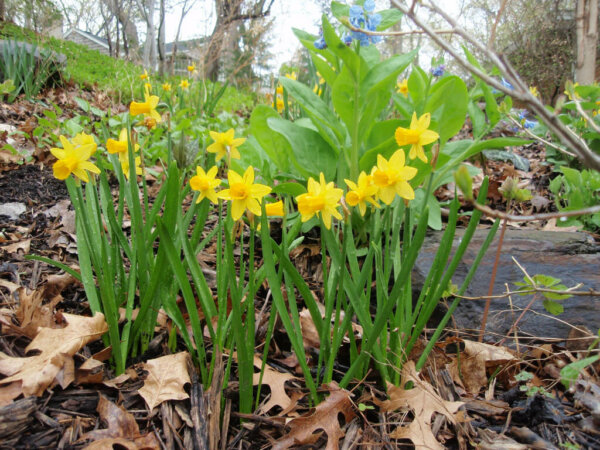
Ranging from a height of 4 to 18 inches, daffodils brighten up any dark spot in the garden. Popular varieties include ‘Anne Frank’, ‘Avalanche,’ ‘April Queen,’ ‘Butter and Eggs,’ ‘Golden Spur,’ and ‘Glory of Lisse’.
Daffodils flourish in United States Plant Hardiness Zones 3 through 8. A bonus of planting daffodils is that deer, squirrels, chipmunks, and mice will not bother daffodils. Daffodils come in different sizes and present a multitude of different characteristics. Some favorites include:
- Split Corona Daffodils
- Large Cup Daffodils
- Trumpet Daffodils
- Small Cup Daffodils
- Miniature Daffodils
Crown Imperial
Make a bold choice in the garden with crown imperial. The hardy plant produces brilliant flowers shaped a bit like a pineapple encased in a cluster of bright green leaves.
Yellow, orange, and red varieties that grow up to three feet tall make a strong statement when planted along a fence line, rock outcropping, or the foundation of structures. Crown Imperial is winter hardy in zones 5 through 9.
Tulips
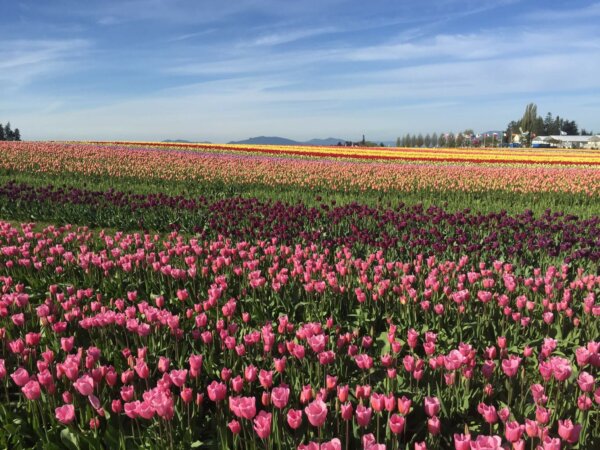
Tulips are one of the most appreciated spring flowers worldwide, given that they are more varied than most gardeners can even imagine. Some of the most planted varieties include ‘Black Parrot,’ ‘Jubilee,’ ‘Princess Irene,’ ‘Florentine’ and ‘Peach Blossom.’
Tulips are available in early, mid-season, and late bloom types that are fragrant, ruffled, striped, and doubled or more. In fact, Tulips are so eye-catching and popular that many farms across the United States hold an annual Tulip Festival.
Tips For Arranging Spring Bulbs
Of course, arranging your spring bulbs can be as simple as picking a few different varieties and colors and getting them in the ground. However, if you’re up for the challenge, there are a few ways you can create an artful display with your spring bulbs.
Select a Color Scheme
Some gardeners work with a specific color palette to give the landscape a particular mood, style, or look. You may wish to consider a single color scheme such as white, purple, or pink to create a subtle, yet simple impact.
Another option is to build your design around two contrasting colors, such as orange and purple, red and yellow, or pink and white. You are only limited by your imagination.
Choose Spring Bulbs With Different Bloom Times
By choosing early-bloom to late-blooming bulbs, the colorful spring display can last as long as 12 weeks. Choose a variety of bulbs from each bloom time: early, mid-season, and late season.
Related Post: Garden Planners
To present a natural look, plant bulbs randomly with uneven spacing. Since large bulbs are planted deeper than small ones, bulbs can be planted in layers for in interspersed, colorful collage.
Plant Spring Bulbs In Groups
For the biggest impact, plant spring-blooming bulbs generously grouped together. Little bulbs, such as grape hyacinth, should be planted in clusters of no less than 25-to-50 bulbs. Tulips make a bold statement when planted in groups of 12 or more. Alliums, daffodils, narcissus, and jonquils look best when planted in groups of 12-to-18.
Hardy spring-blooming bulbs prefer full sun and will tolerate dry soil. However, bulbs will tolerate partial shade if they receive full sun until the trees are in full leaf.
Play With Colors And Shapes
Try planting spring bulbs without a plan, with uneven dispersed. For an eye-catching and cohesive appearance, the homestead garden benefits from the placement of the same grouping of spring-blooming bulbs planted in multiple locations. For a natural look, use circles, ovals, or free-form shaped flower beds that fit the contours of the land.
Plant small bulbs in groupings around the base of trees or shrubs, tucked in between perennials, or as an accent in the rock garden.
Larger flowers, such as alliums, daffodils, and tulips, make a bold visual statement when grouped. Crocus, Siberian squill, and grape hyacinths spread readily, making them ideal for creating sweeping meadows of color. To create a natural appearance, toss them by the handful, planting the bulbs where they land.
Mix It Up
A great many of spring bulbs, such as scilla, alliums, daffodils, and Muscari, are perennial, returning and blooming each spring. The majority of these types of bulbs will naturalize and multiply over time.
Hyacinths and tulips are often considered annuals. In ideal growing conditions, these bulbs will re-bloom for several years. However, for a bright and bold spring display, these bulbs are treated as annuals, and a fresh batch of bulbs are planted every fall. For a kaleidoscope of color, pair bulbs with early spring blooming perennials such as creeping phlox, pansies, lilies, iris, hellebores, and vinca.
A Note On Foliage
Creative gardeners pay attention to the foliage of spring-blooming bulbs using color combinations to add interest and diversity to the landscape, even after the flowers die back. Top choices for tulips with variegated foliage include ‘Red Riding Hood,’ ‘Blue Melody,’ ‘New Design,’ and ‘Unicum’ varieties.
Shop For High-Quality Bulbs
Spring bulbs for fall planting are available online, from catalogs, at local plant nurseries, or home and garden centers. When shopping for bulbs, select large, healthy bulbs without scars or damage to produce bigger plants and more flowers.
Bulbs should be plump, firm, and covered with a papery coating. Look out for cuts or signs of disease when selecting bulbs, corms, or tubers to plant in your spring garden.
Keep in mind that bulbs are perishable. Be sure to select the freshest bulbs available and store them in a cool place until planting time. Second-rate or damaged bulbs will present second-rate flowers, or even worse, won’t bloom at all. Don’t waste your gardening efforts or money on discounted, dried-out bulbs.
Spring Bulb Planting Tips
- Choose planting sites that offer full sun and excellent drainage. Bulbs will rot in areas of standing water.
- Work a generous amount of well-aged herbivore manure (cow, sheep, horse, goat, llama) into the first 6-8 inches of the soil.
- Prepare the planting area at least a week before planting to allow soil time to dry out.
- Plant generously in case some of the bulbs fail to develop.
- Plant bulbs at a depth of approximately three times their size. As an example, tiny crocus is planted about 2-3 inches deep, while daffodils and tulips are planted from 6-8 inches deep. If the soil is sandy, plant at a somewhat shallower depth. In clay soils, plant bulbs slightly deeper.
- Water bulbs well after planting.
- Apply a layer of organic mulch (leaves, dried weed-free grass clippings, or pine bark) to conserve moisture and control weeds.
References
- Grape Hyacinths, University of Wisconsin – Wisconsin Horticulture
- Crocus: Plant Care And Collection Of Varieties, The National Gardening Association
- Spring Flowering Bulbs, University of Minnesota Extension


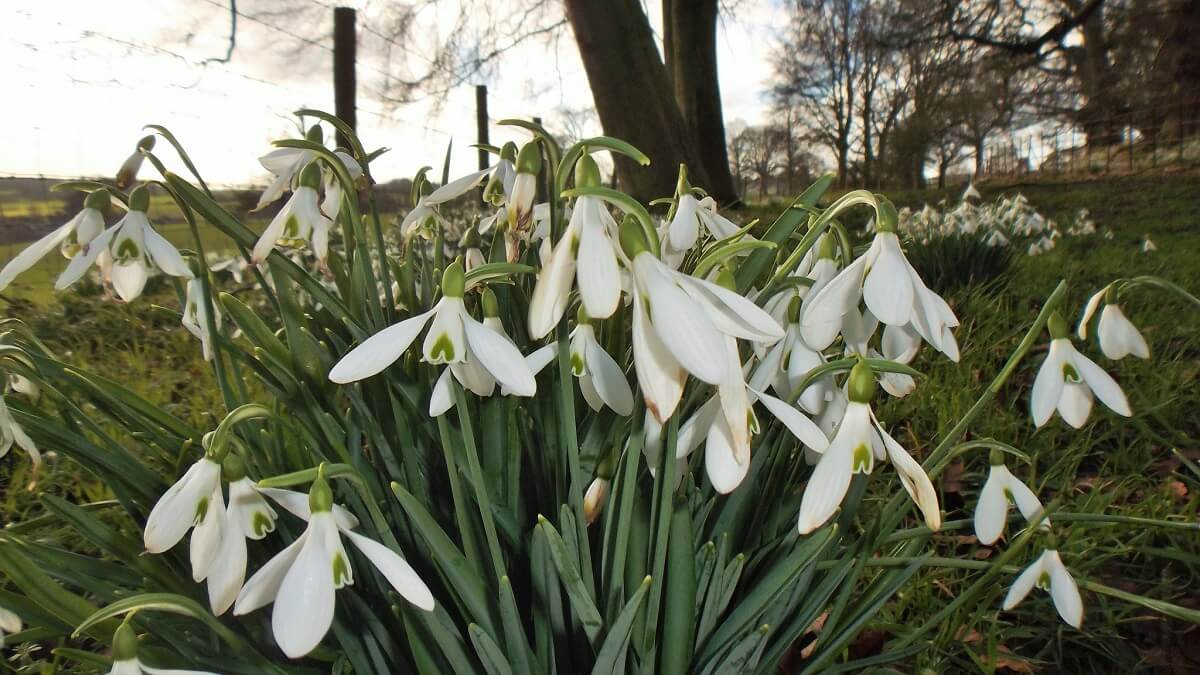
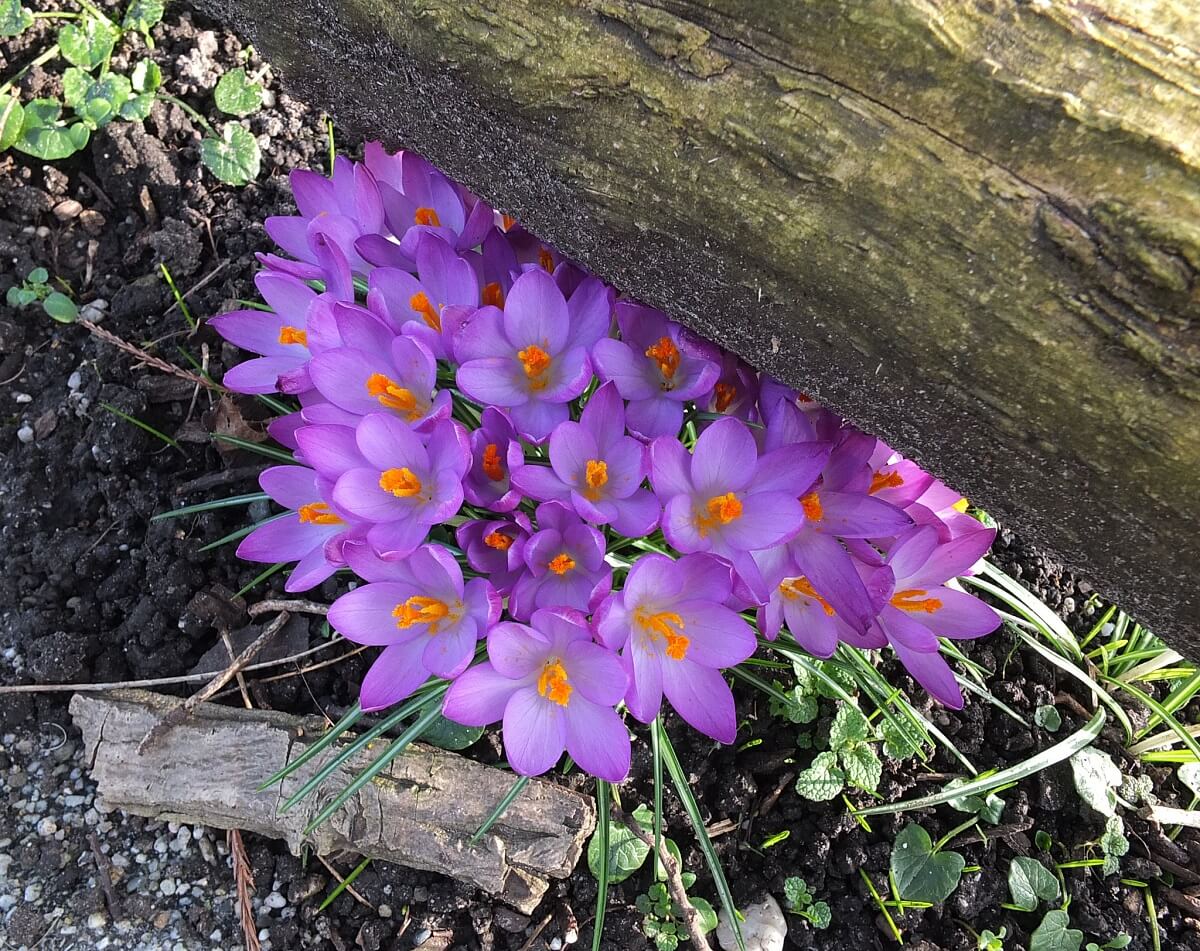
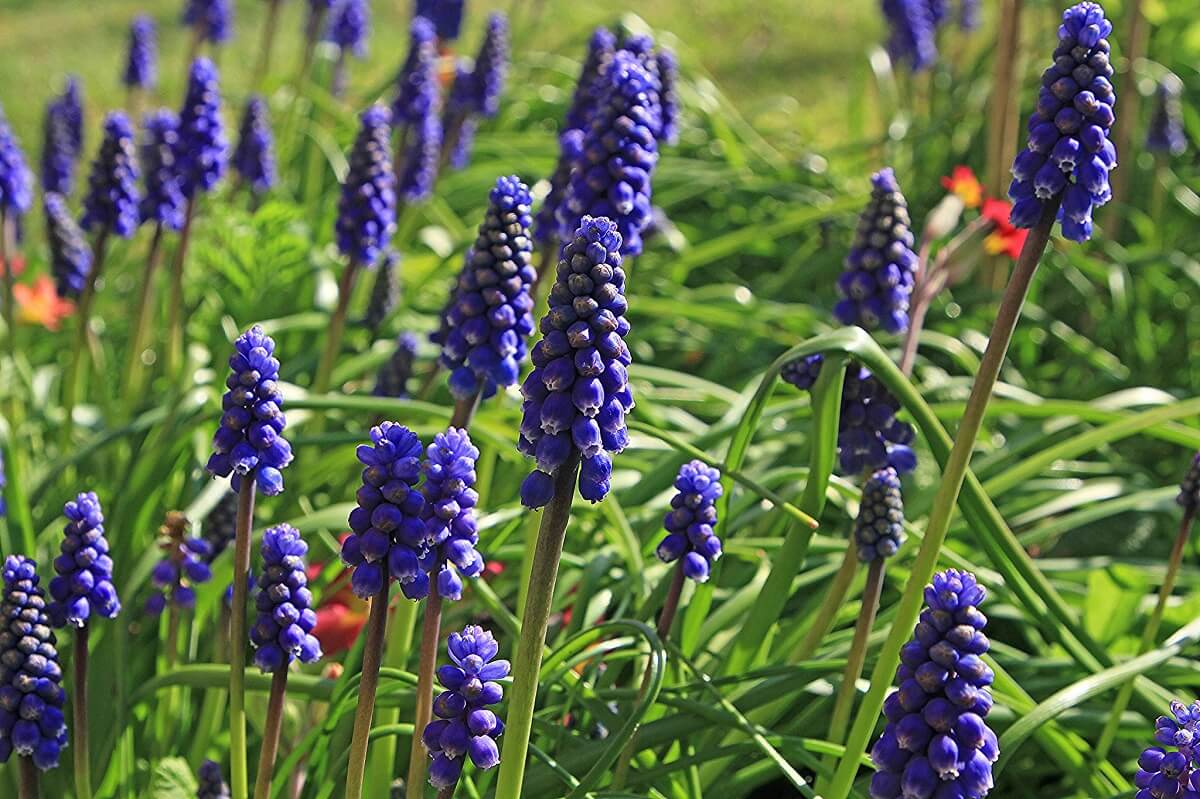
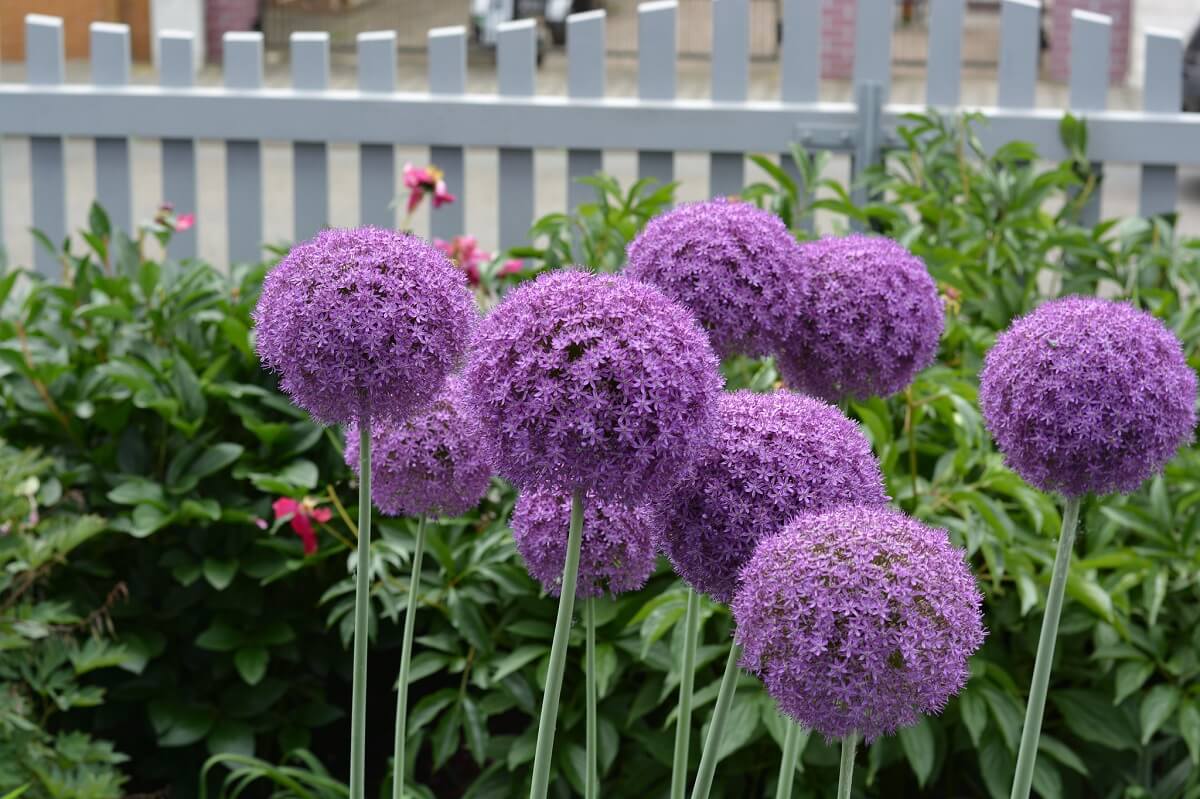
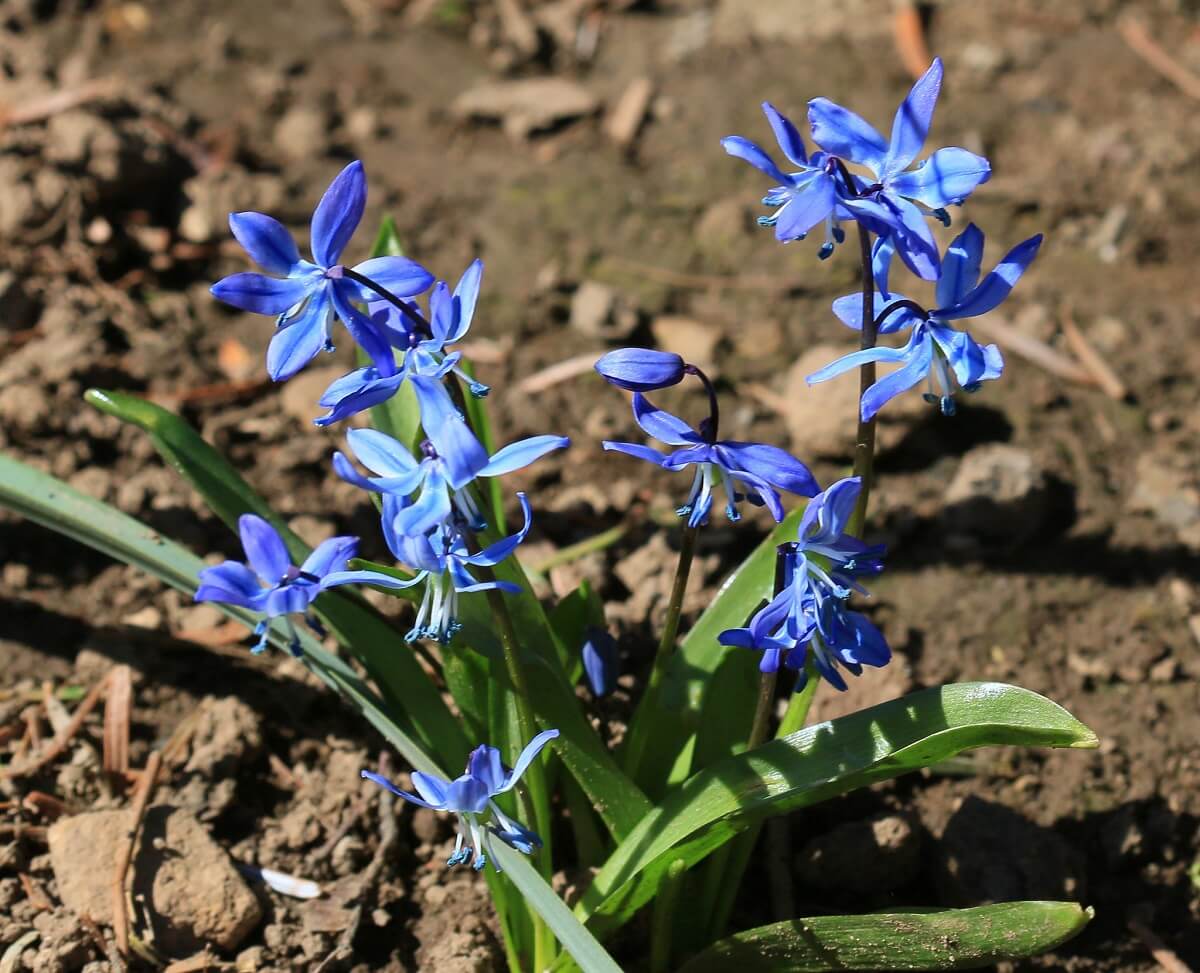
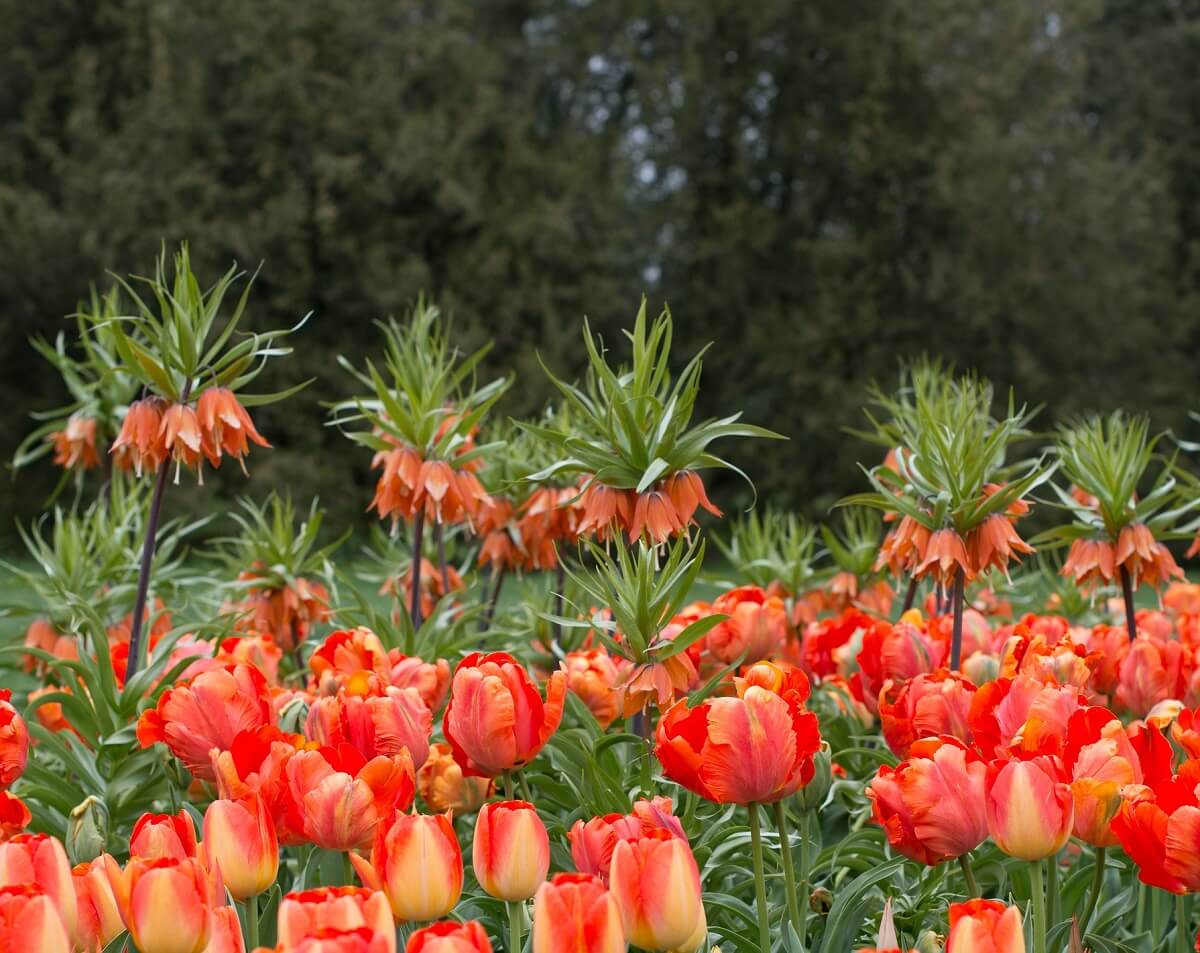

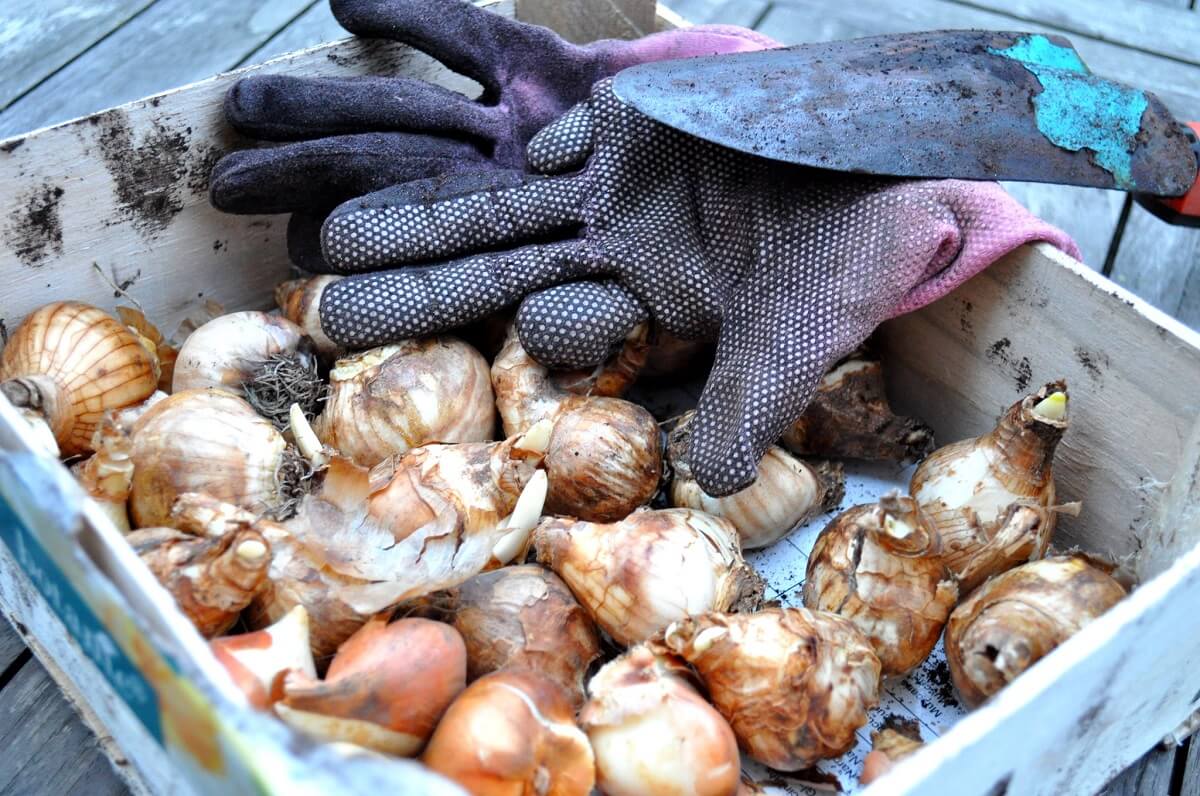
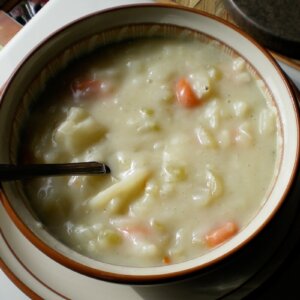

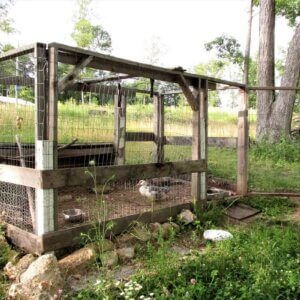
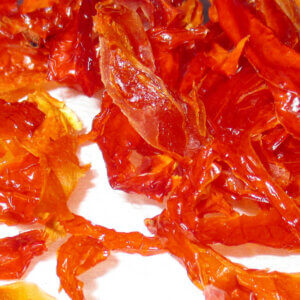
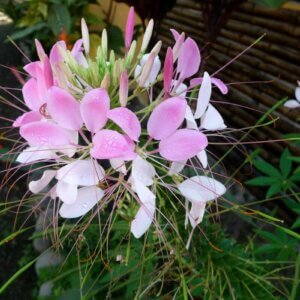


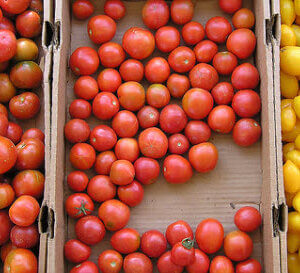
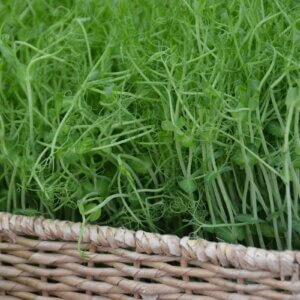



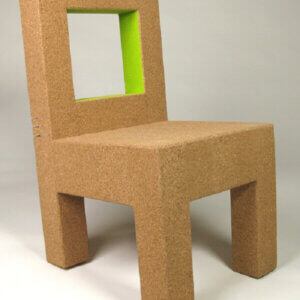
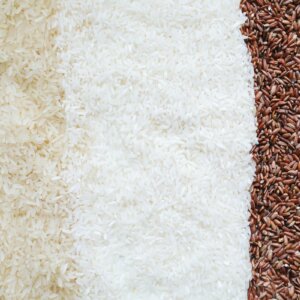

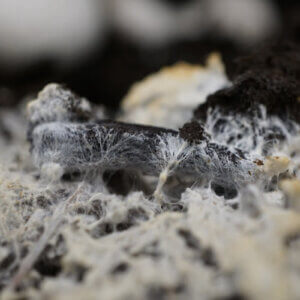
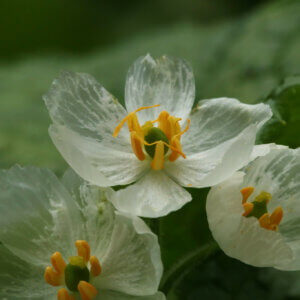


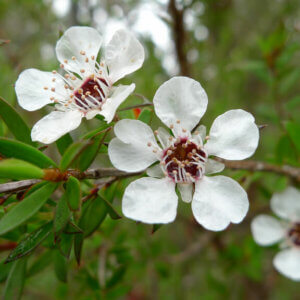
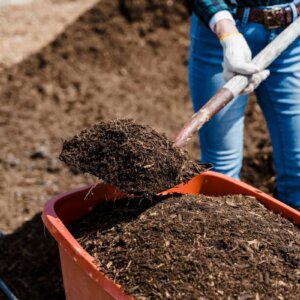

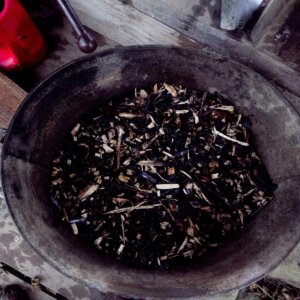



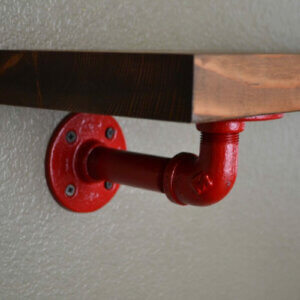


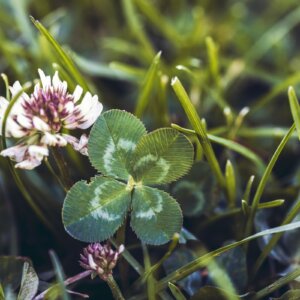
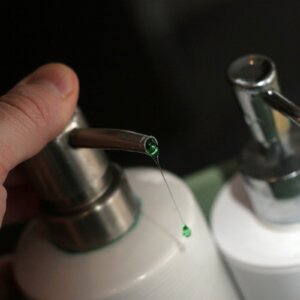
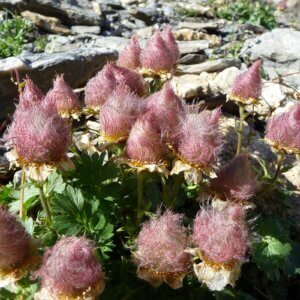
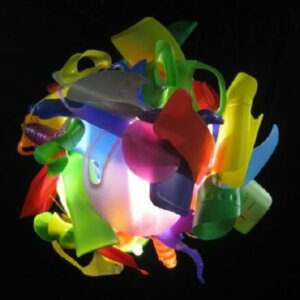



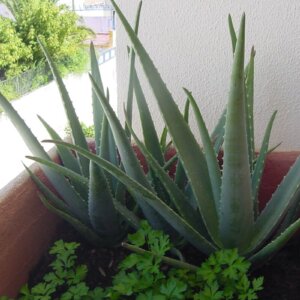
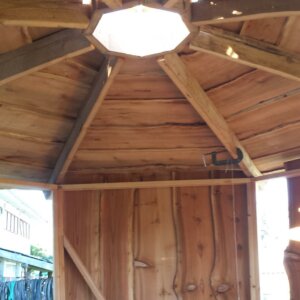

um this one was different from the rest I have been reading so far.